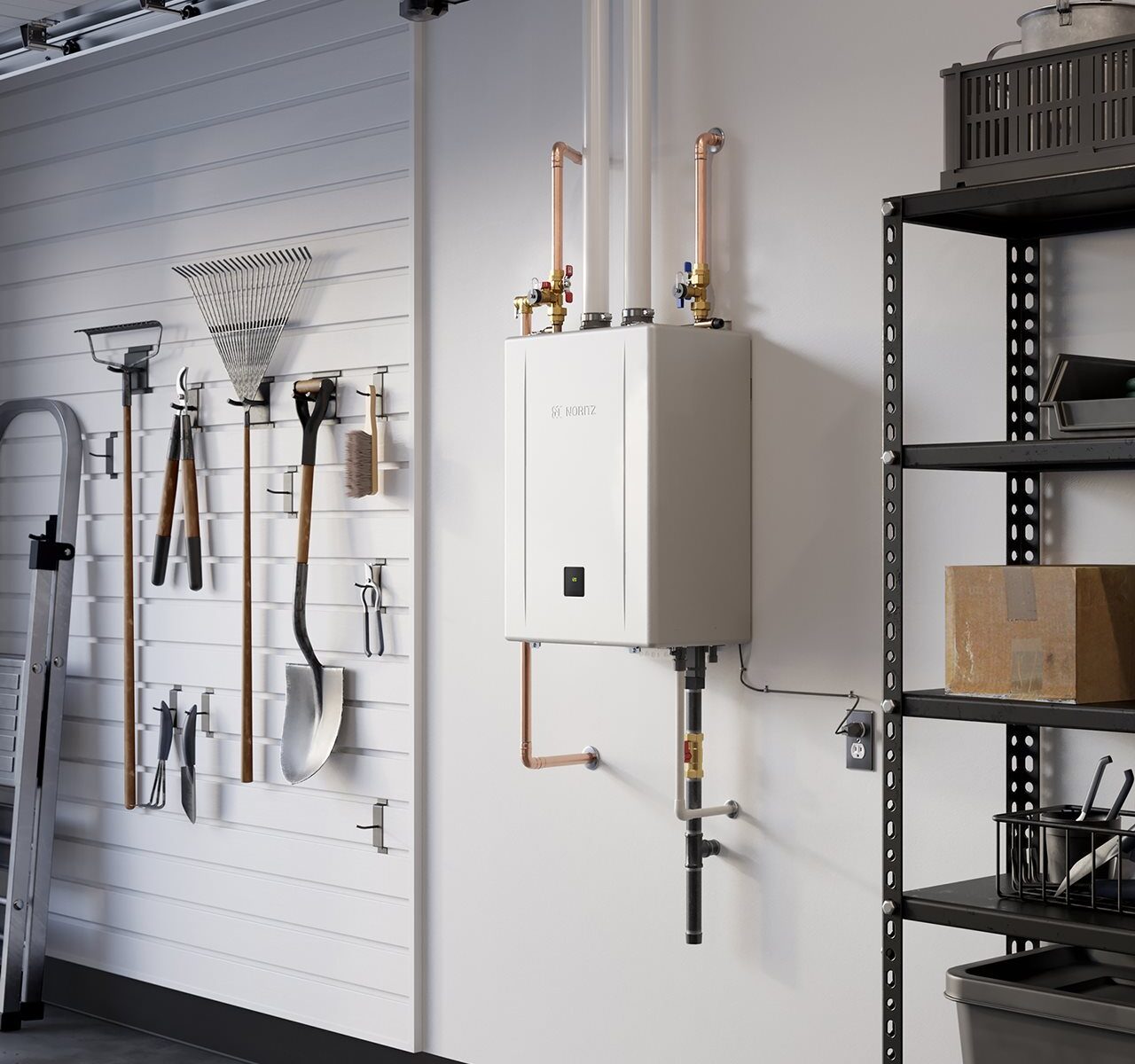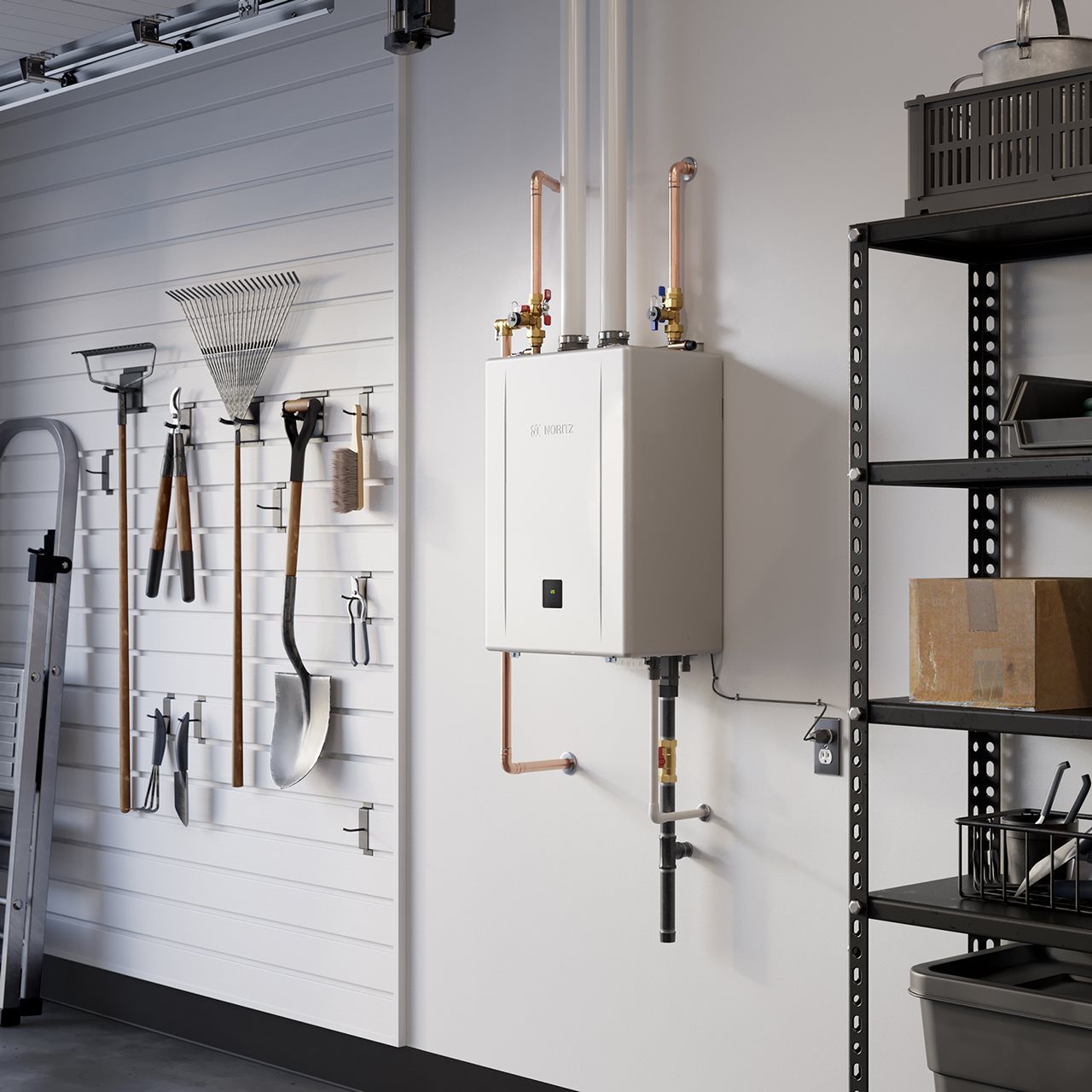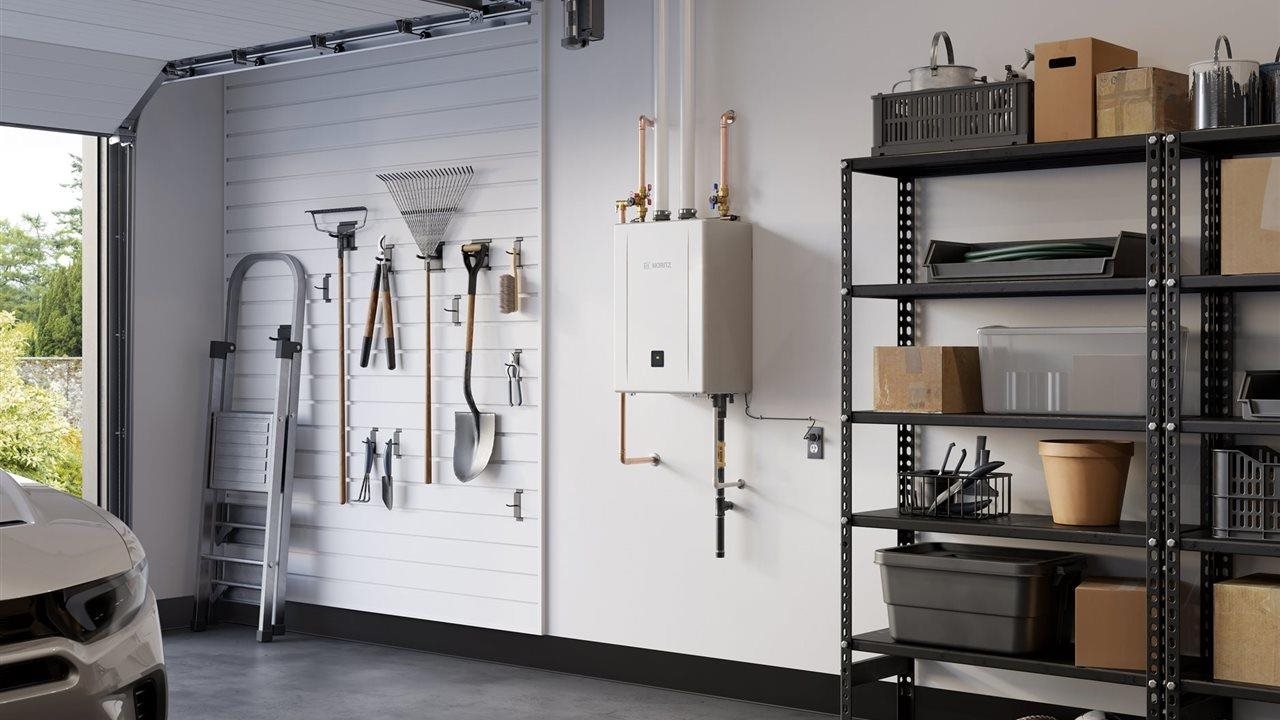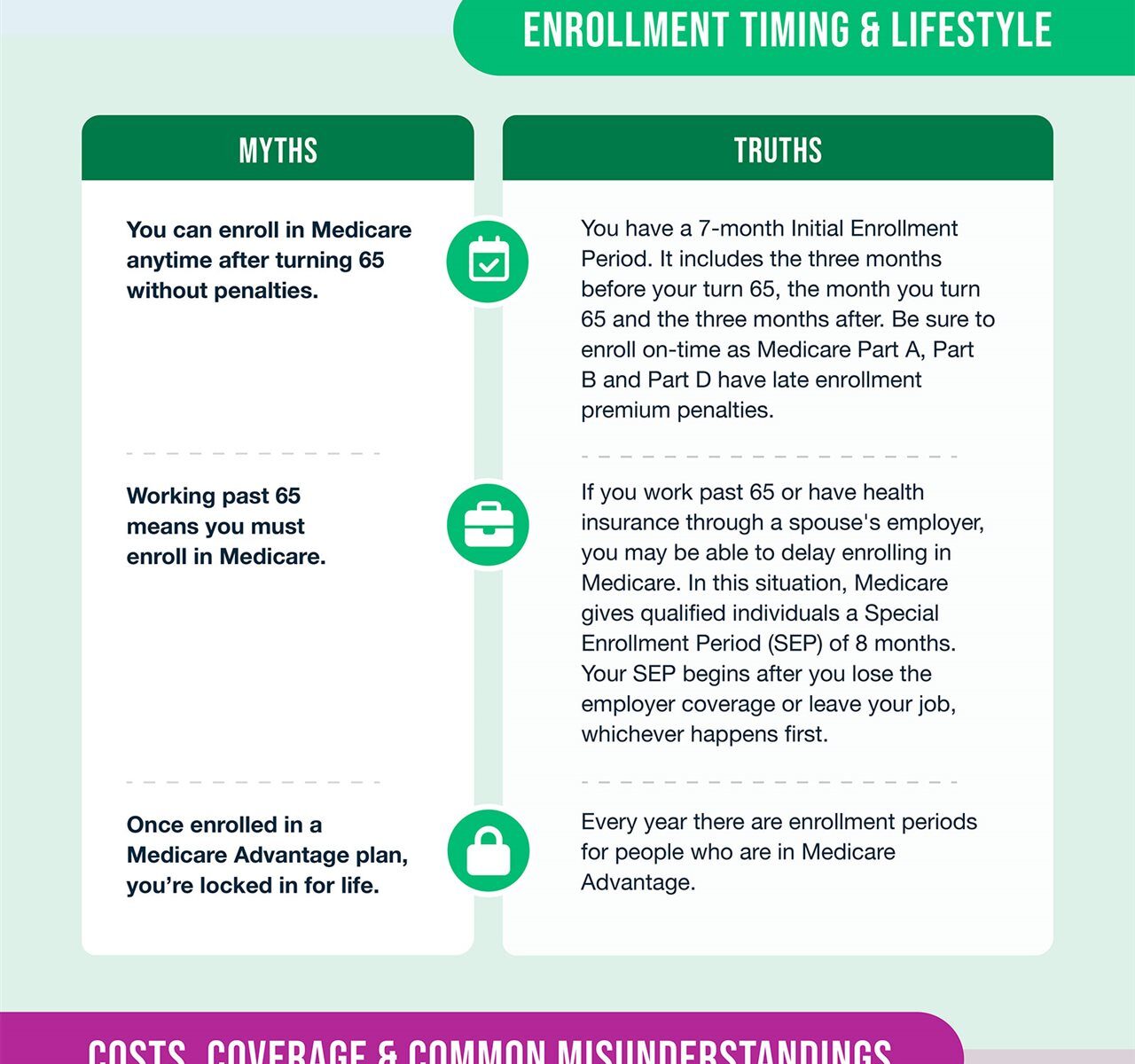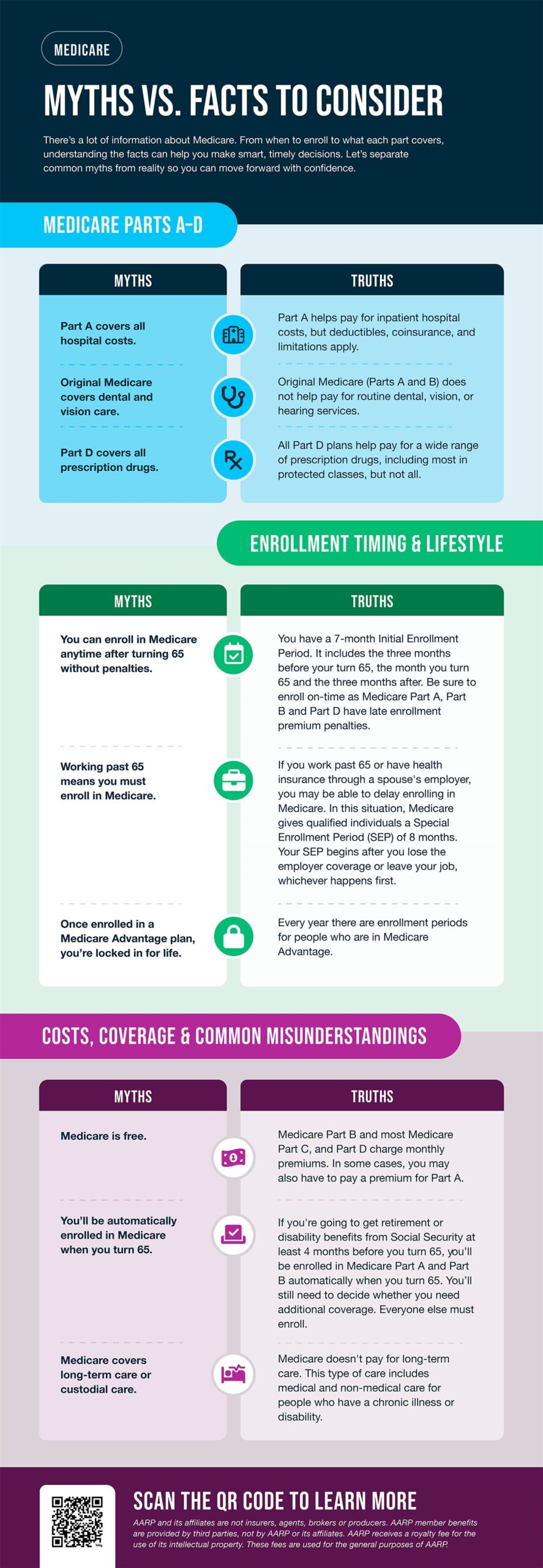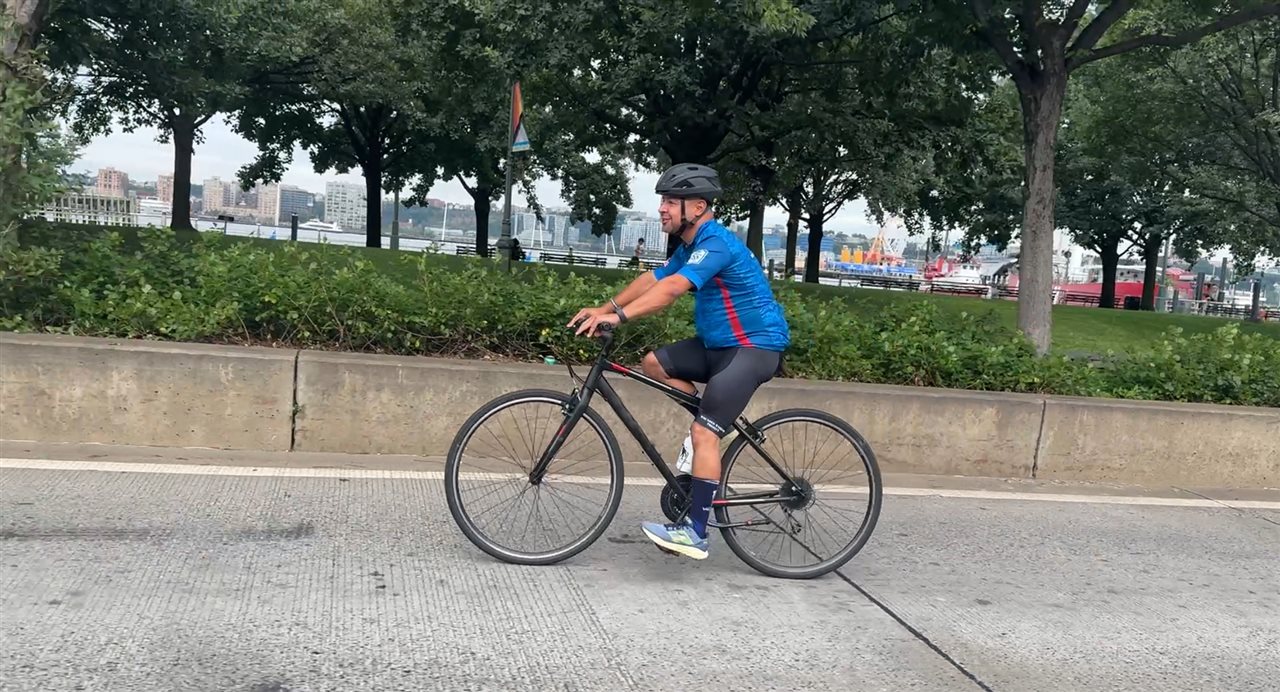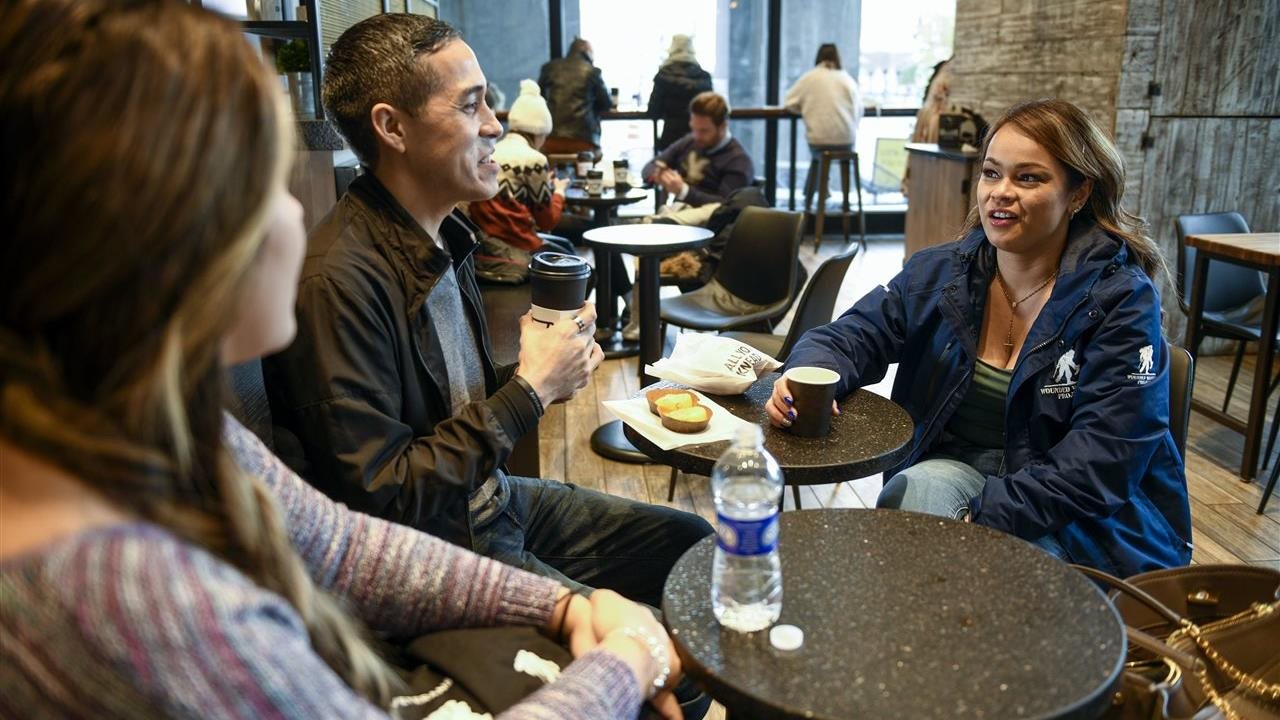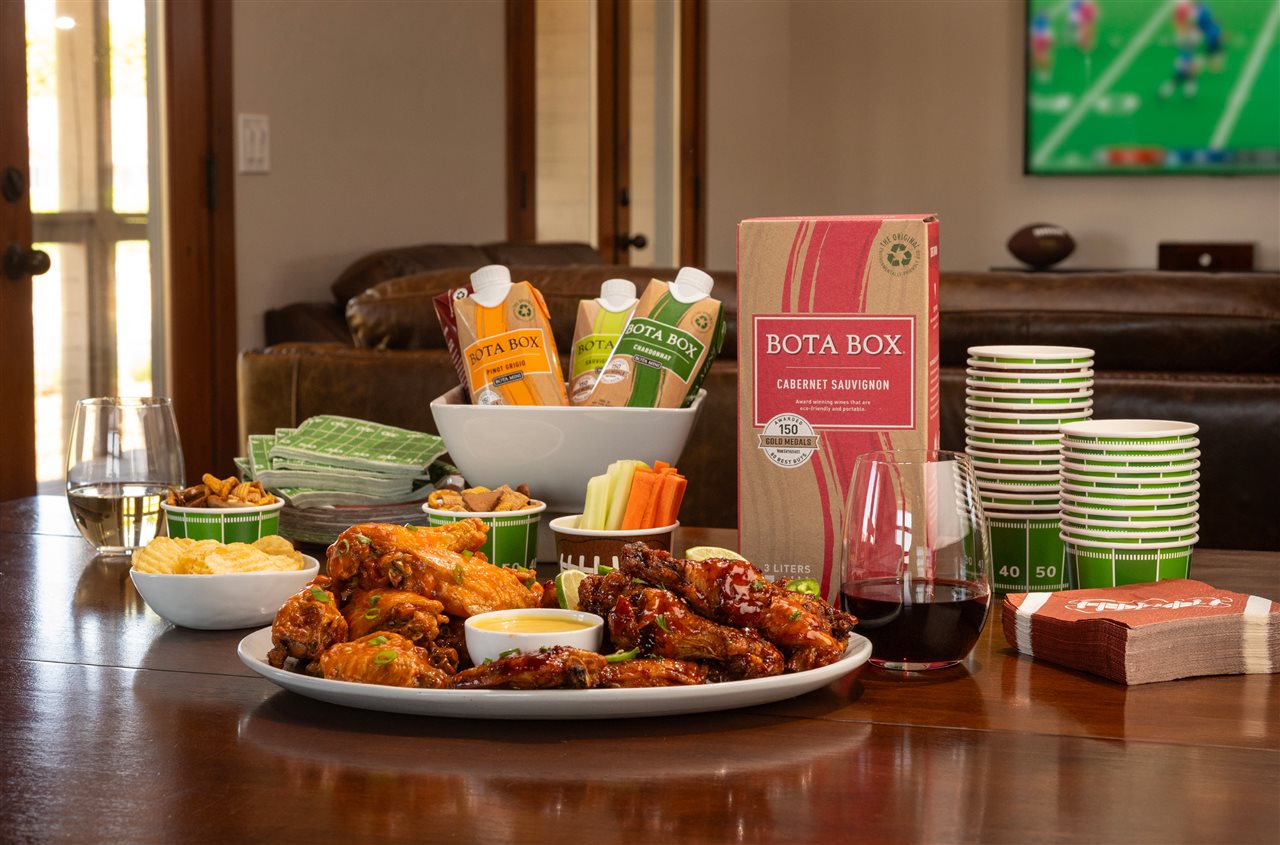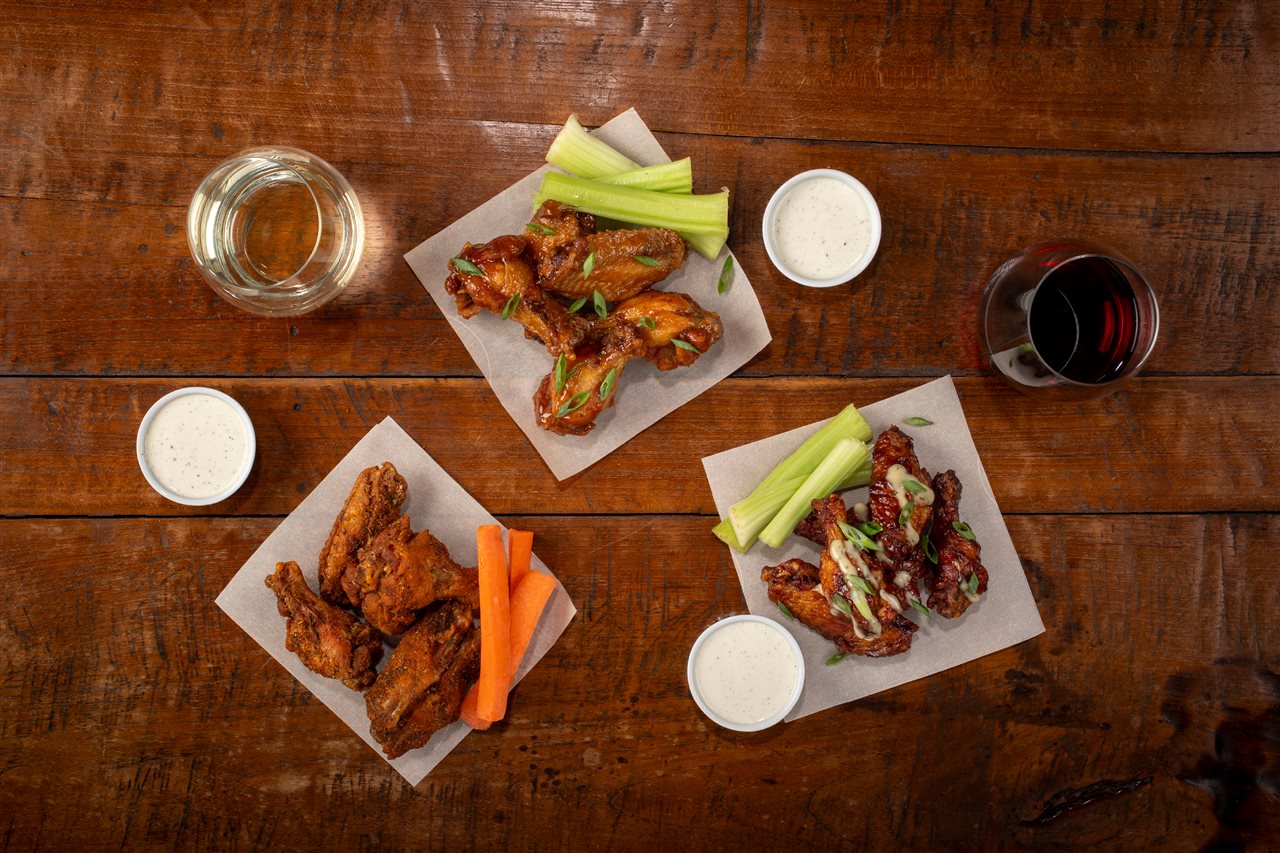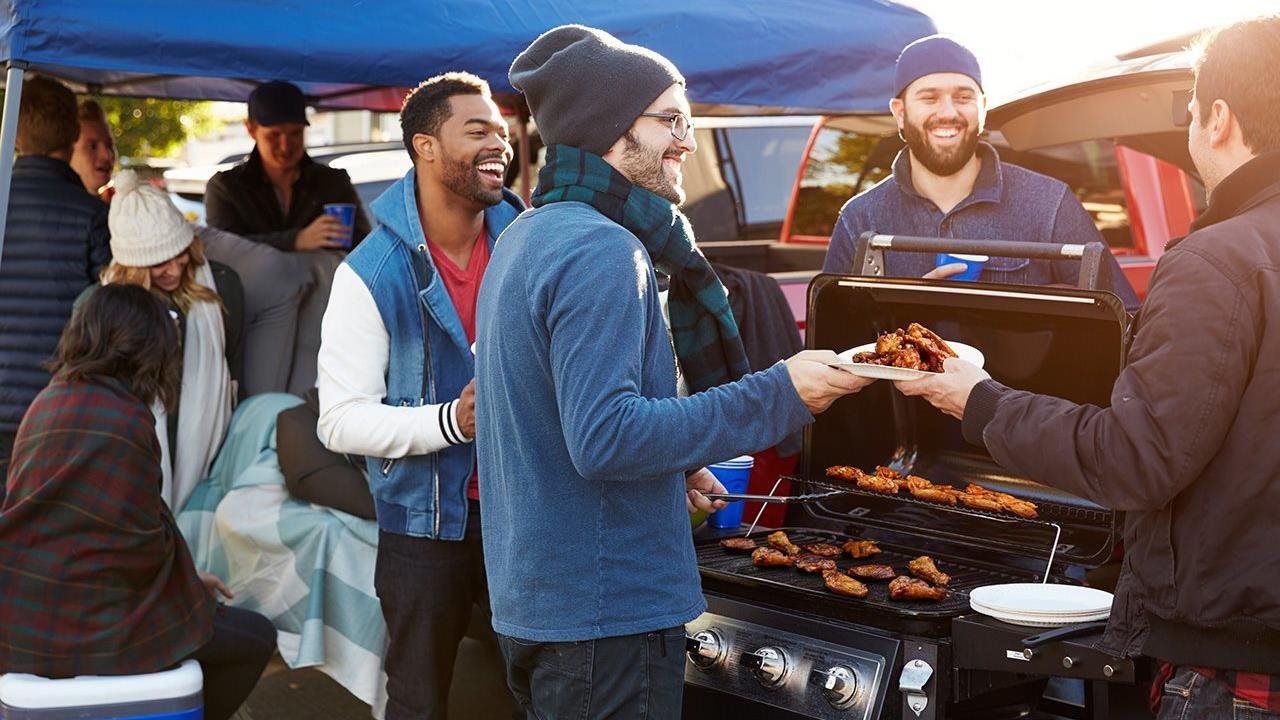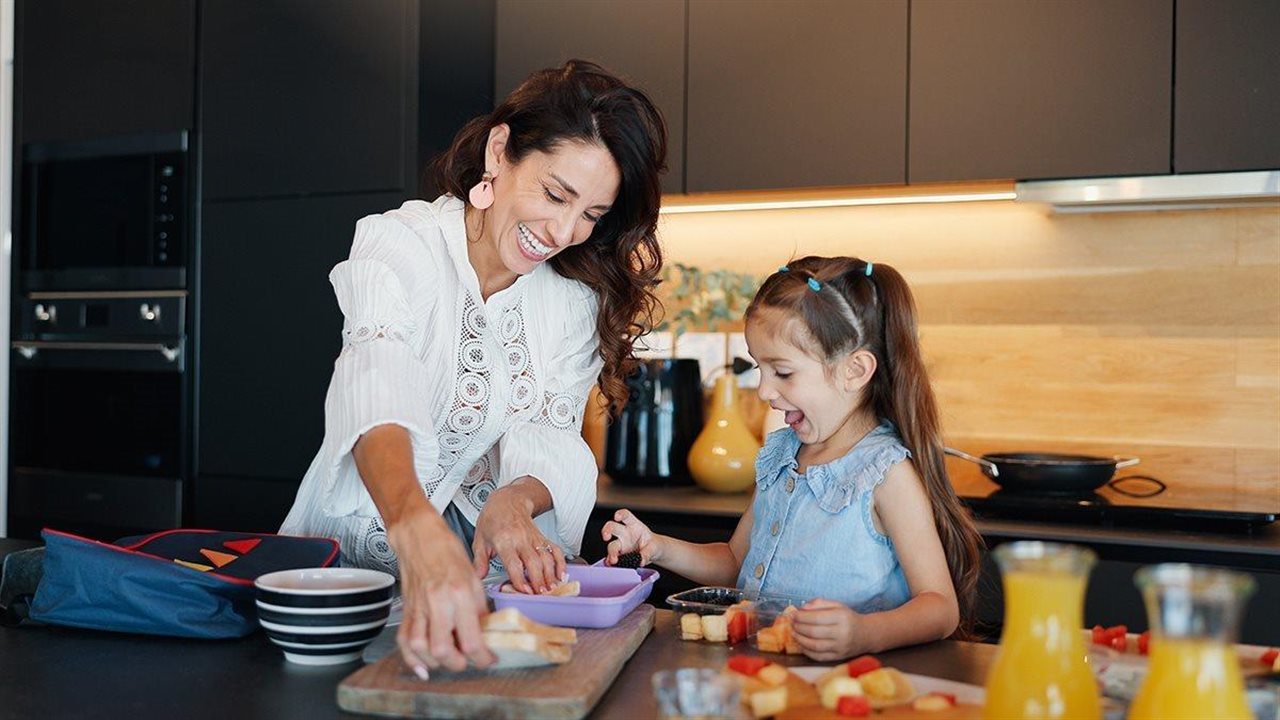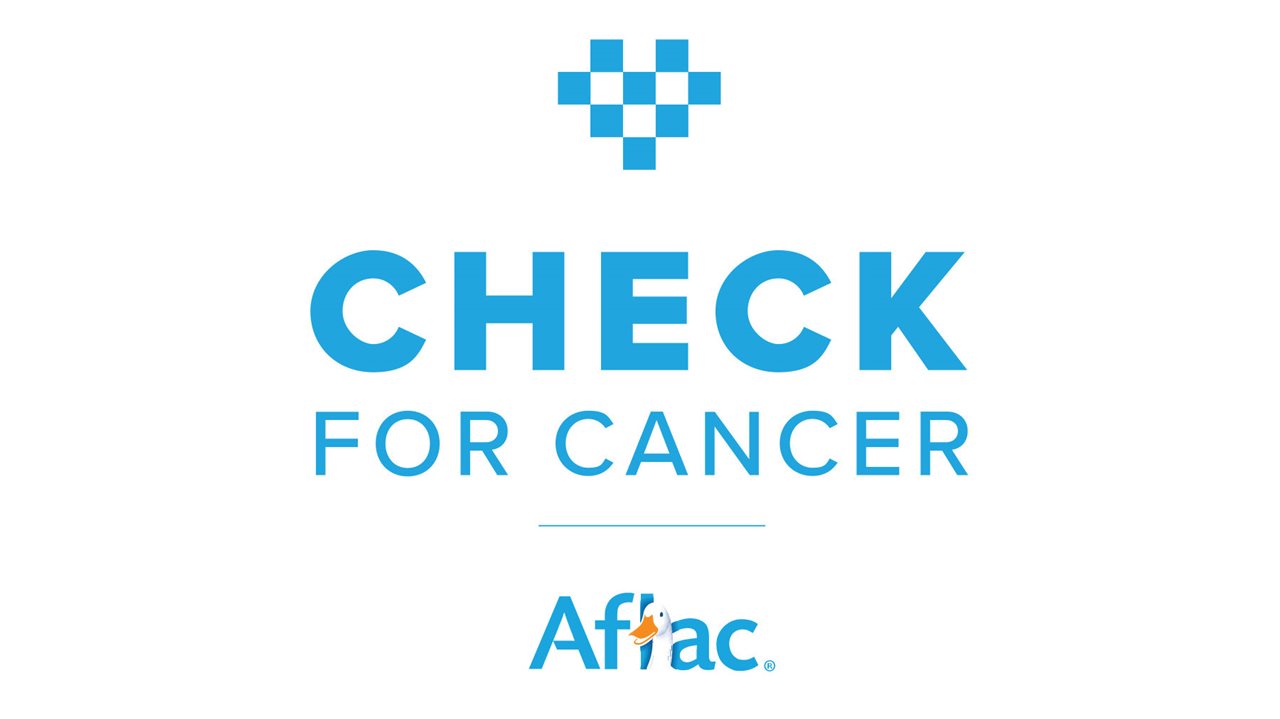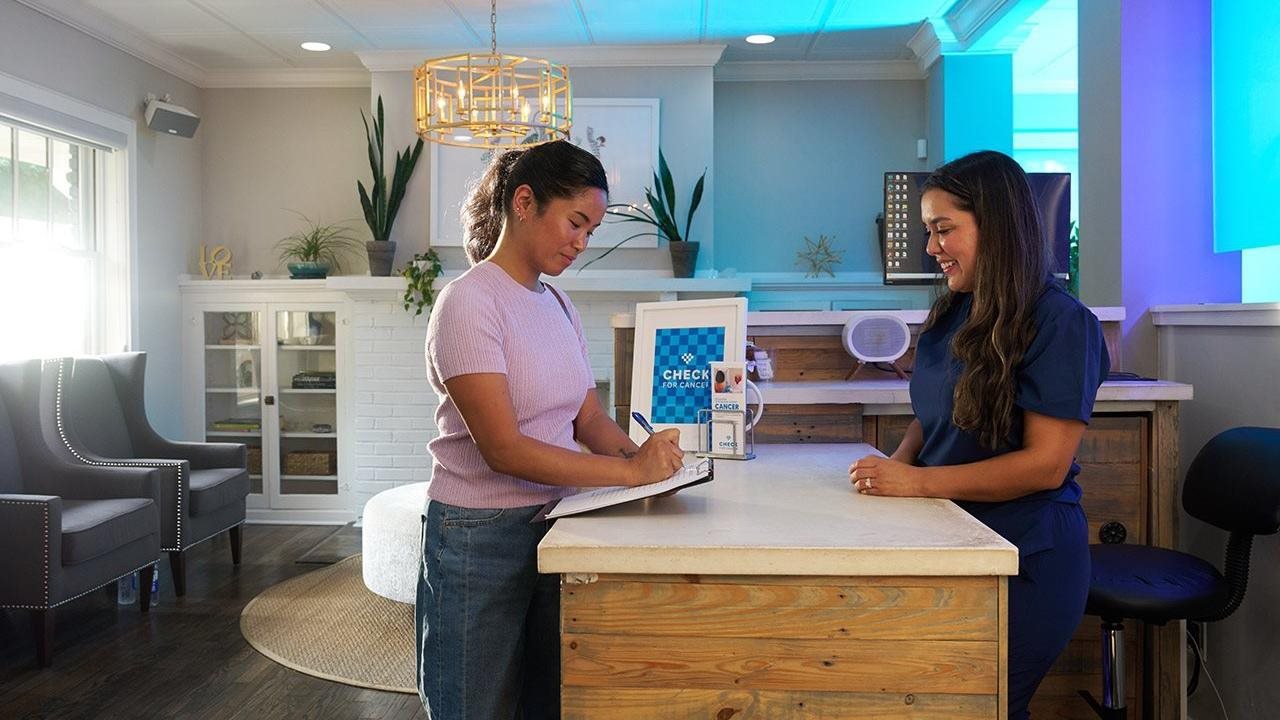2025-09-06T07:01:00
(BPT) – The IRC and Chase Disaster Relief Fund ensures essential resources reach restaurants in hardest-hit communities, giving owners a chance to serve again.
Resilience isn’t just a business strategy; it’s a way of life for independent restaurant and bar owners across the country. The past 12 months have been marred by natural disasters, during which the restaurant industry has opened their doors to first responders, provided food to those in need and supported other businesses in their communities.
But who comes to the rescue when these same businesses are the ones in crisis? Independent restaurants and bars are hugely important to local communities, and they’re significant drivers of the U.S. economy. They account for nearly 70% of the restaurant industry, but these businesses, especially those in disaster-prone regions, need access to solutions that can help them manage costs and stay afloat.
According to a recent study from the Independent Restaurant Coalition (IRC) and Chase, more than three in five (60%) independent restaurants in disaster-prone regions have suffered direct financial loss in the past 12 months. Worse, the recent string of hurricanes, wildfires and floods have left kitchens shuttered and businesses on the brink, as the Federal Emergency Management Agency (FEMA) estimates that 40% of small businesses never reopen after a natural disaster. The National Centers for Environmental Information (NCEI) reports that disaster-related closures caused more than $1 billion in lost revenue in 2024.
Still, hope is not lost for these entrepreneurs: The new IRC and Chase Disaster Relief Fund is accepting applications from Sept. 3-Oct. 3, making it possible for restaurants nationwide to access support as they work to recover.
“Restaurants are often among the first in their communities to lend a hand. Thanks to Chase, we can finally do something to help businesses who have sacrificed so much for their neighbors,” said Bobby Stuckey, partner and master sommelier of Frasca Hospitality Group and IRC co-founder. “Independent restaurants support first responders, feed the hungry and support other businesses in the communities they serve. Chase understands that, which is why we are proud to collaborate with them on programming that advances the work of these vital businesses and helps educate the public on their importance.”
The IRC and Chase Disaster Relief Fund provides independent restaurants and bar owners with essential financial relief so they can address immediate needs to stay in business. Restaurants interested in applying must complete an eligibility screener to confirm they meet basic requirements, including being independently owned, operating fewer than 20 locations nationwide and having sustained direct disaster-related damage within the past 12 months.
The urgent need for relief in hard-hit communities
The stakes for independent restaurants and bars remain higher than ever, especially in disaster-prone regions like Southern California, the Southeast and Midwest. In cities such as Los Angeles, New Orleans, Tampa and Kansas City, the effects of severe weather are felt not just in physical damage, but in the emotional and economic toll on business owners, their teams and the communities that depend on them.
The Southern California wildfires earlier this year destroyed dozens of restaurants. One month after the fires, businesses in Malibu that reopened were losing 50% to 85% of their revenue due to fire damage and road closures. A single tornado earlier this year in Iowa inflicted $12.2 million in damages and decimated 90% of a local business district. North Carolina is still recovering from historic flooding last year, with costs exceeding insurance coverage for many small establishments.
Many of these restaurants operate with slim margins and limited safety nets. They often lack the reserves to withstand even a week’s closure, making every disruption a potential existential threat. Yet, it is precisely because of these challenges that the commitment from the Independent Restaurant Coalition and Chase stands out.
“Independent restaurants anchor neighborhoods, support local famers and employ more people per square foot than any other brick and mortar industry,” said Cheetie Kumar, chef/owner of Ajja, Raleigh, North Carolina, and IRC Board vice president. “When natural disasters devastate a community, government funds are scarce, and standard insurance policies don’t cover floods or loss of business due to citywide utility interruptions. This can be an extinction event for small businesses that operate on razor-thin margins. The $3 million Disaster Relief Fund creates a lifeline that gets money in the hands of restaurants quickly in a time of desperate need.”
Since its founding in March 2020, the IRC has championed the needs of local restaurant owners and workers when they need it most. They have been at the forefront of advocating for independent restaurants and bars in moments of crisis, whether navigating the challenges of the pandemic, mobilizing after regional disasters or providing resources and a unified voice for operators nationwide.
“Independent restaurants are the heart and soul of our communities and their teams are on the front lines when disaster strikes,” said Erika Polmar, executive director of the IRC. “The IRC and Chase Disaster Relief Fund is about equipping these businesses with the tools and support they need to persevere, rebuild and continue serving their neighborhoods.”
Standing together to keep restaurants and communities thriving
The launch of the fund is timely because, as natural disasters continue to grow in frequency and severity, so too does the need for targeted relief. Losses from disaster-related closures impact not only owners and employees, but also the supply chains, farmers and local businesses that rely on a thriving restaurant industry.
Applications for the IRC and Chase Disaster Relief Fund are open now and close Oct. 3. Restaurant owners are encouraged to apply if they have experienced disaster-related damage in the past year. The hope is that by providing timely, targeted support, more independent restaurants will be able to continue their traditions of service, creativity and community connection — even in the face of adversity.
“Independent restaurants bring people together, drive local economies and give neighborhoods their unique character,” said Chris Stang, head of Lifestyle and Dining at Chase. “We’re proud to work with the IRC to make an investment in the future of this industry and help ensure small businesses have the resources they need to grow while continuing to serve their communities.”
For more information about eligibility and how to apply, visit www.independentrestaurantcoalition.com/DRF.


